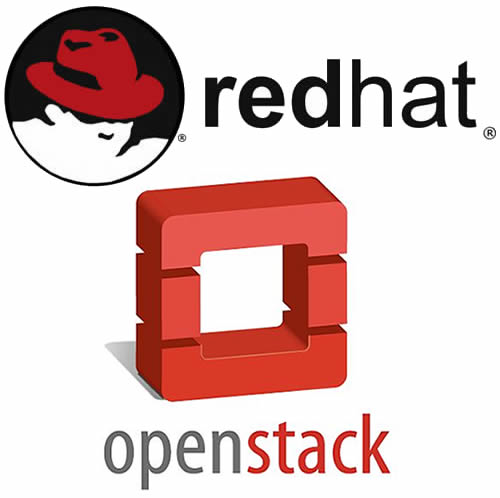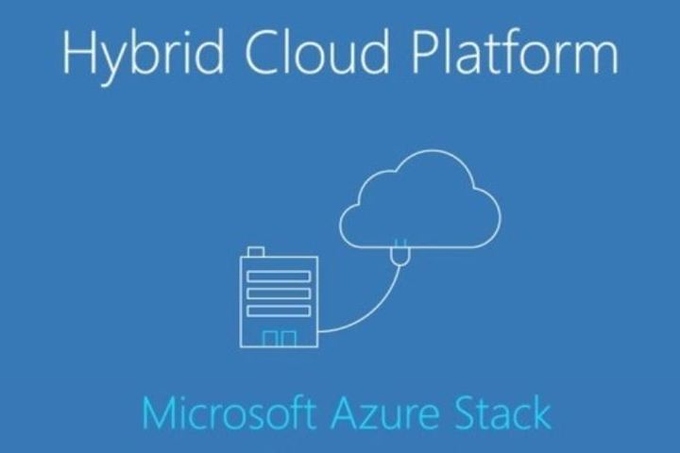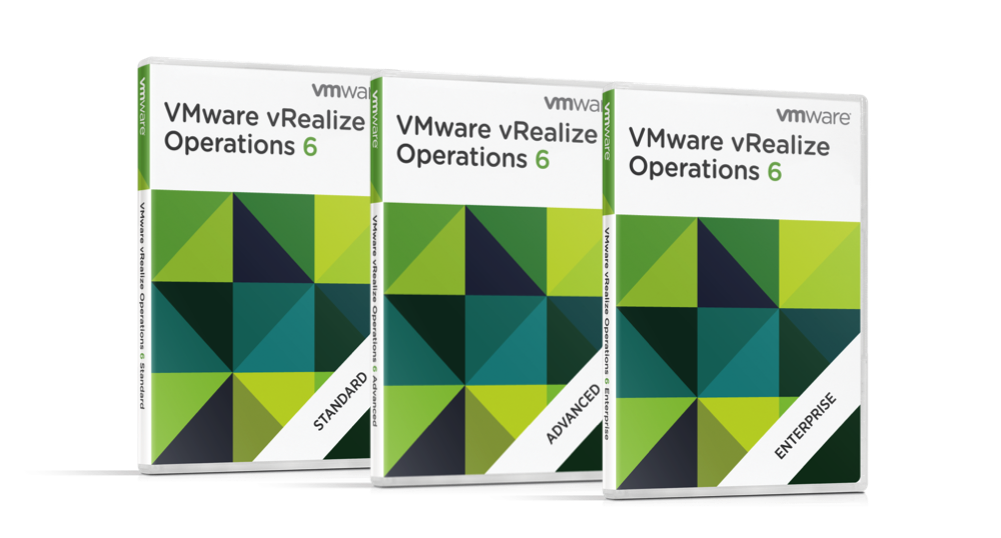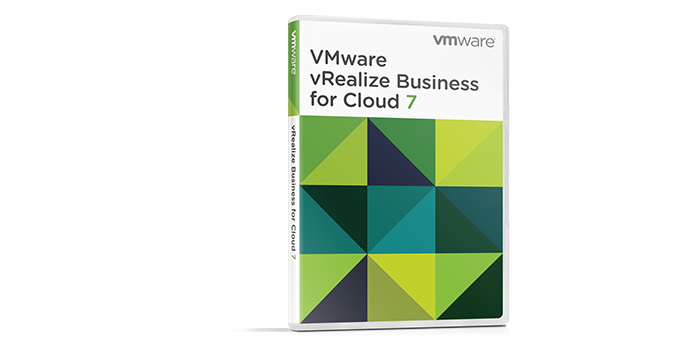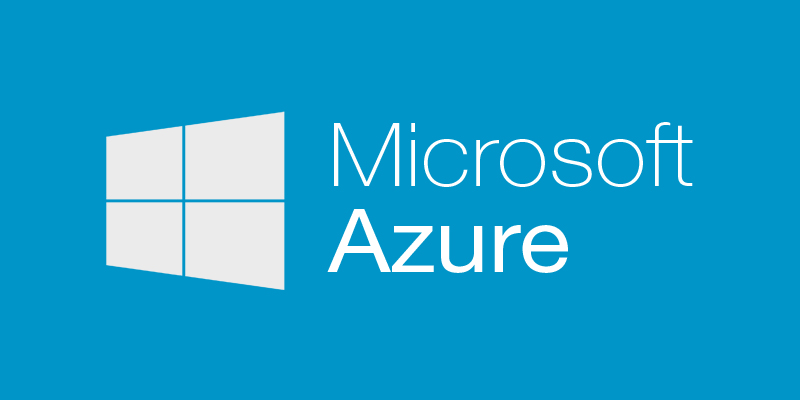
Categories
Problems that solves
Non-existent or decentralized IT incidents' management
Values
Reduce Costs
Ensure Security and Business Continuity
Amazon CloudWatch
Amazon CloudWatch is a monitoring service for AWS cloud resources and the applications you run on AWS. You can use Amazon CloudWatch to collect and track metrics, collect and monitor log files, set alarms, and automatically react to changes in your AWS resources. Amazon CloudWatch can monitor AWS resources such as Amazon EC2 instances, Amazon DynamoDB tables, and Amazon RDS DB instances, as well as custom metrics generated by your applications and services, and any log files your applications generate. You can use Amazon CloudWatch to gain system-wide visibility into resource utilization, application performance, and operational health. You can use these insights to react and keep your application running smoothly.
Description
- Auto Scaling groups: seven pre-selected metrics at one-minute frequency, optional and for no additional charge.
- Elastic Load Balancers: thirteen pre-selected metrics at one-minute frequency, for no additional charge.
- Amazon Route 53 health checks: One pre-selected metric at one-minute frequency, for no additional charge.


